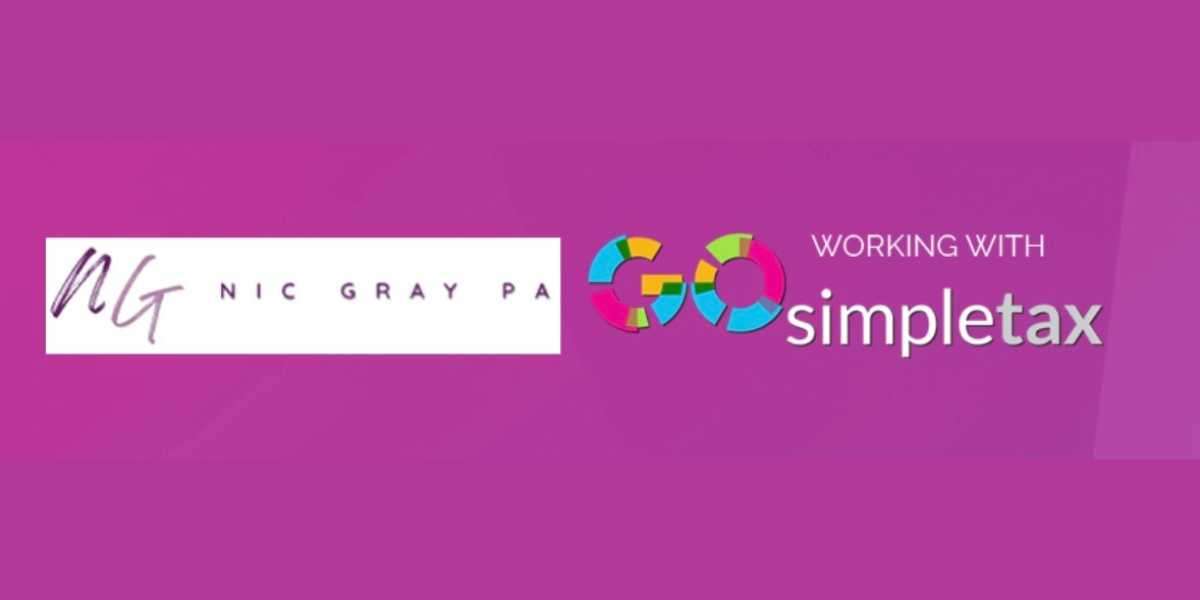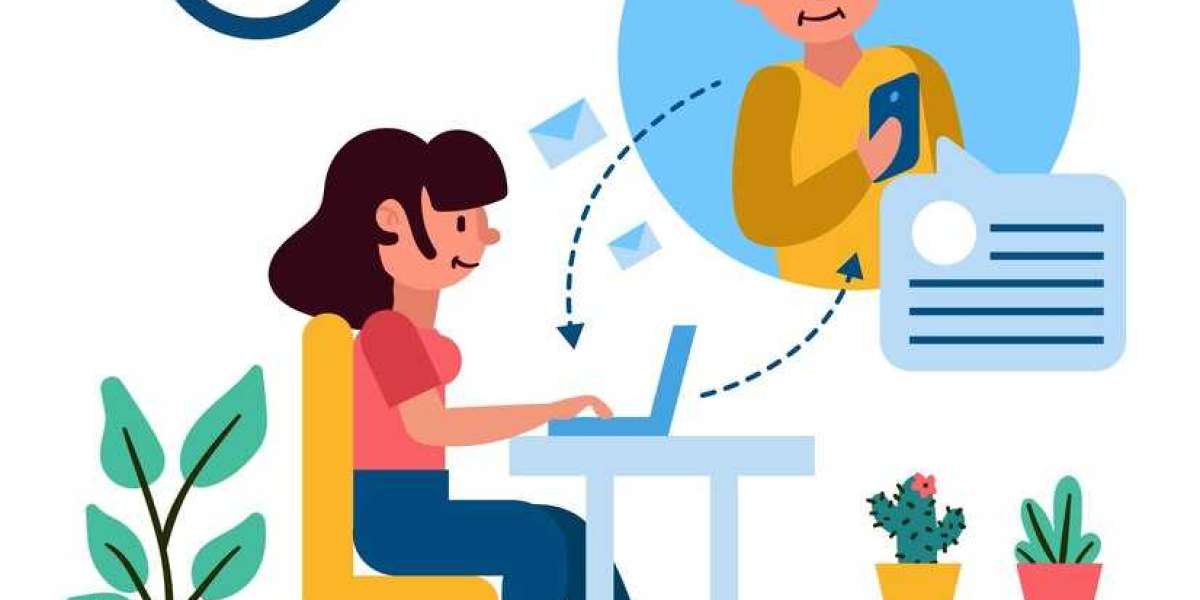Some will no doubt have been surprised to later find out that their Self Assessment tax return contained mistakes that needed correcting. The same thing happens every year.
Why do people make Self Assessment tax return mistakes?
Self Assessment tax return mistakes are understandable, especially if you’re battling the deadline and juggling other things. Stress makes mistakes more likely.
Lack of knowledge/experience is another obvious reason why people make Self Assessment tax return gaffes. It’s more likely if you’ve never completed a Self Assessment tax return before. And trying to file directly with HMRC online, without the reliable hand-holding from commercial Self Assessment tax return filing software can also lead to blunders.
Some mistakes are bigger than others, of course. And, after filing, you may realise that you’ve made an error or HMRC may tell you that you’ve got something wrong. Where minor and innocently made, there can be no consequences. But if you’re found to have willfully falsified information to fraudulently reduce your tax bill, HMRC will fine you (you can be sent to prison for serious tax evasion).
So, where do sole traders often go wrong when completing their Self Assessment tax returns and how can you make sure that you don’t fall into the same trap?
Common sole trader Self Assessment tax return mistakes
1. Missing or incorrect UTR or NI number
You’re issued a ten-digit Unique Taxpayer Reference (UTR) when you register for Self Assessment. It enables HMRC to identify you as a taxpayer, which is why you need to include it in your Self Assessment tax return.
If you don’t know your UTR, you can find it in your Personal Tax Account, the HMRC app or previous sole trader tax returns. HMRC includes it in correspondence it sends you. Alternatively, contact the Self Assessment helpline. Take your time when entering your UTR into your tax return. Get it right the first time.
If you don’t know your National Insurance (NI) number, it, too, can be found in your Personal Tax Account, the HMRC app or previous payslips or P60s. Alternatively, HMRC can help you.
2. Not reporting all of your taxable income
You must report all income within your Self Assessment tax return so that HMRC can make sure you’re paying all due tax and National Insurance. As well as your sole trader income, this can include:
● wages from employment (UK or overseas)
● tips and commission payments
● rental income (UK or overseas)
● savings interest
● share dividend payments
● pension payments (UK and overseas)
● state benefits (eg maternity pay)
● capital gains made from selling taxable assets.
Some people fail to report some income because they genuinely have no idea that it’s taxable. However, you are responsible for ensuring that all taxable income is reported to HMRC, so that you pay the appropriate level of Income Tax and National Insurance (that’s why it’s called Self Assessment).
Need to know! Be sure to research and report all of your income as required via your Self Assessment tax return and supplementary pages (see below). If unsure, contact HMRC for guidance.
3. Missing Self Assessment tax return supplementary pages
Different sources of taxable income are reported to HMRC individually using supplementary tax return pages. Such pages are filed at the same time as the main eight-page tax return (ie the SA100).
Sole traders (which can of course include freelancers) must fill out an SA103 form. Members of ordinary business partnerships must file an SA104. If you earn income from a UK rental property you must fill out an SA105. Non-UK income or gains must be reported via an SA106, while an SA108 is used to report capital gains.
Need to know! The full list of Self Assessment tax return supplementary pages is listed on the government website GOV.UK. Be clear about which ones you need to file. You may need to file various supplementary pages, determined by your income sources.
4. Not claiming all of your allowable tax expenses
Thankfully many costs you incur to run your sole trader business can be claimed as allowable expenses. As the name suggests, HMRC allows you to deduct them from your income before it works out your tax bill. GOV.UK features a summary of sole trader allowable expenses.
A wide range of allowable sole trader expenses can be claimed, but you need to remember to enter them in your SA103. A common mistake is for sole traders to fail to claim all of their allowable expenses, which means they pay more tax than is necessary. Similarly, expenses can be claimed against other income sources.
5. Ticking the wrong Self Assessment tax return boxes
Again, this is easily done if you lack experience, you rush or you’re not concentrating enough when filling in your Self Assessment tax return. When you’re filling in a Self Assessment tax return, it can certainly be a case of “less haste more speed”. Reading the guidance notes as you make your way through your Self Assessment tax return can stop you ticking the wrong boxes. Using Self Assessment tax return filing software can also help to ensure that you do not tick the wrong boxes.
6. Making pension contribution mistakes
If you pay into a pension, you summarise your contributions within the tax reliefs section of your SA100 Self Assessment tax return.
● Under “Payments to registered pension schemes where basic-rate tax relief will be claimed by your pension provider”, you include the total gross value of your personal pension contributions.
● On page 4 of the SA100 Self Assessment tax return, fill in boxes 1 to 3 for payments to registered pension schemes and box 4 for payments to overseas pension schemes.
● On page 3 of the SA100 tax return, you complete boxes 8 to 12 to provide details of gross UK pensions and annuities received, including lump sums, whether State Pension or private pension.
Amending your Self Assessment tax return
If you’ve filed your tax return and made a mistake, you can make changes within 12 months of the Self Assessment filing deadline. For example, you have until 31st January 2025 to correct any errors in your tax return for 2022/23. Depending on the mistake, you may have to pay more tax or claim a refund if you’ve overpaid as a result. Better to take your time and enter the right figures at the first time of asking.
Nic Gray PA has partnered with GoSimpleTax who wrote this blog.
About GoSimpleTax
Income, Expenses and tax submission all in one.
GoSimpleTax will provide you with tips that could save you money on allowances and expenses you might have missed.
The software submits directly to HMRC and is the solution for freelancers, the self-employed, sole traders and anyone with income outside of PAYE to file their self-assessment giving hints and tips on savings along the way.
GoSimpleTax does all the calculations for you saving you ££’s on accountancy fees.
Head to my partner link now to find out more https://www.gosimpletax.com/nicgray
And if you are looking for bookkeeping support, contact me on [email protected] or via the contact form on my website www.nicgraypa.com








